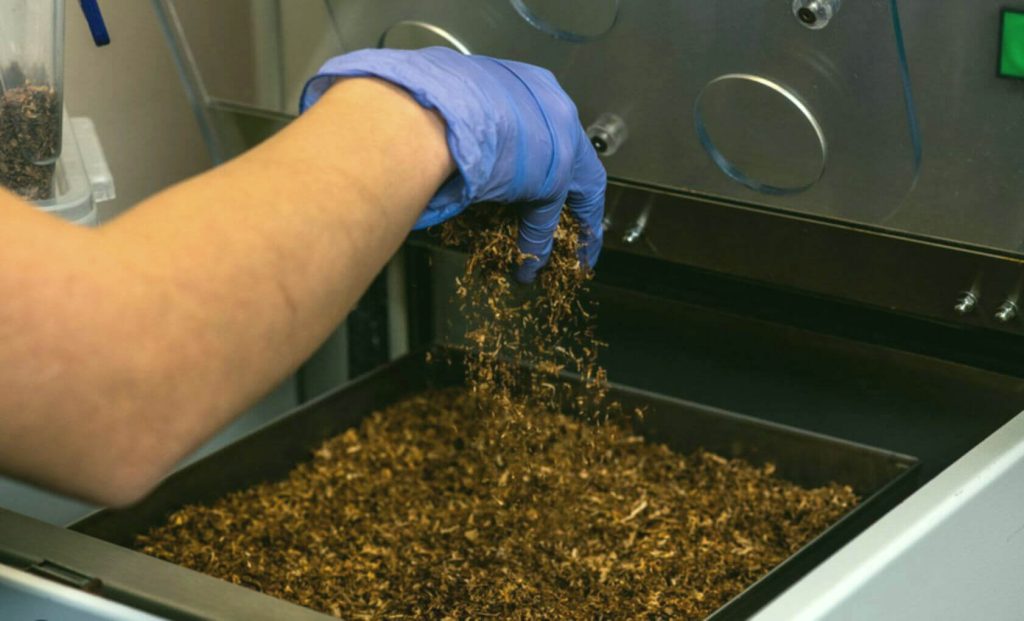
Prepare to immerse yourself in the intricate tapestry of Armenia’s tobacco industry—a realm entangled in the captivating web of culture, economy, and politics. While concerns surrounding the health consequences of tobacco usage and the industry’s societal impact persist, tobacco continues to wield profound significance within Armenia’s economic and cultural landscapes. Join us on this captivating journey as we unravel the enigmatic history of Armenia’s tobacco industry, dissect its intricate impact on the nation’s economy and culture, and navigate the complex interplay of politics, ethics, and health effects that define the industry.
Armenia’s tobacco industry encompasses a rich tapestry of history, culture, and political intricacies. Despite the mounting concerns regarding the health implications and societal consequences of tobacco consumption, this industry remains deeply interwoven into Armenia’s economic fabric and cultural heritage. In this thought-provoking article, we will embark on an exploration of Armenia’s tobacco industry, delving into its historical roots, its profound impact on the nation’s economy and culture, and the complex dynamics of politics, ethics, and health effects that surround it.
Introduction: Unveiling the Complexities of Armenia’s Tobacco Industry
Tobacco usage poses a critical global public health challenge, and Armenia is no exception. Within the borders of this nation, the tobacco industry has woven a complex tapestry, deeply intertwined with the country’s history, culture, economy, and politics. Despite mounting concerns regarding the health effects of tobacco and its societal ramifications, tobacco continues to play a prominent role within Armenia’s economy and culture.
2. History of Tobacco in Armenia: A Legacy of Centuries
Tobacco cultivation has deep roots in Armenia, spanning centuries of cultural heritage. The first tobacco factory emerged in Armenia back in 1926, and since then, the industry has experienced exponential growth. During the Soviet era, the Armenian tobacco industry underwent nationalization, with the government assuming control over all aspects of production and distribution.
3. The Tobacco Industry in Armenia Today: A Dual Monopoly
In modern-day Armenia, the tobacco industry is dominated by two major players: Grand Tobacco and Armenia Tobacco. These industry giants manufacture a diverse range of tobacco products, including cigarettes, cigars, and pipe tobacco. The industry serves as a substantial source of employment within Armenia, while its products find their way into the realm of exports.
4. Economic Impact of the Tobacco Industry in Armenia: Weighing the Scales
The tobacco industry contends that it significantly contributes to Armenia’s economy, generating employment opportunities in agriculture and manufacturing, and amassing revenues through exports and taxes. However, comprehensive tobacco control programs, encompassing economic measures, can counterbalance these claims. In 2009, Armenia emerged as the world’s third-largest tobacco producer, with a yield of 620,000 metric tons worth a staggering 987,513 international dollars.
5. The Future of the Tobacco Industry in Armenia: A Murky Horizon
The future of Armenia’s tobacco industry looms uncertainly on the horizon. While the industry remains deeply entrenched within the nation’s economy and culture, mounting awareness regarding tobacco’s health effects and the imperative for tobacco control measures cast a shadow of ambiguity. It is plausible that the Armenian government will continue implementing stringent tobacco control measures in the years to come, potentially leaving an indelible impact on the industry.
6. Conclusion: Navigating the Complexities of Armenia’s Tobacco Industry
Armenia’s tobacco industry weaves a tapestry of deep-rooted history, culture, economy, and politics. Despite mounting concerns surrounding the health implications and societal consequences, tobacco continues to occupy a significant place within Armenia’s economic landscape and cultural heritage. While the Armenian government has undertaken steps to regulate the industry and mitigate tobacco use, further action is imperative.
Statistics: Unveiling the Numerical Fabric
- In 2009, Armenia emerged as the world’s third-largest tobacco producer, yielding 620,000 metric tons valued at 987,513 international dollars.
- An estimation of the Tobacco Control Scale revealed that Armenia had made progress in tobacco control between 2005 and 2009.
- The annual cigarette production volume in Armenia fluctuated between 1.5 billion and 1.8 billion cigarette sticks from 2016 to 2019.
Books: Illuminating the Path to Knowledge
- “Analytical review of the tobacco control policy in Armenia” by N.K. Movsisyan and V. Petrosyan
- “Estimating the distributional impact of increasing taxes on tobacco products: In Armenia” by A. Gilmore et al.